Research
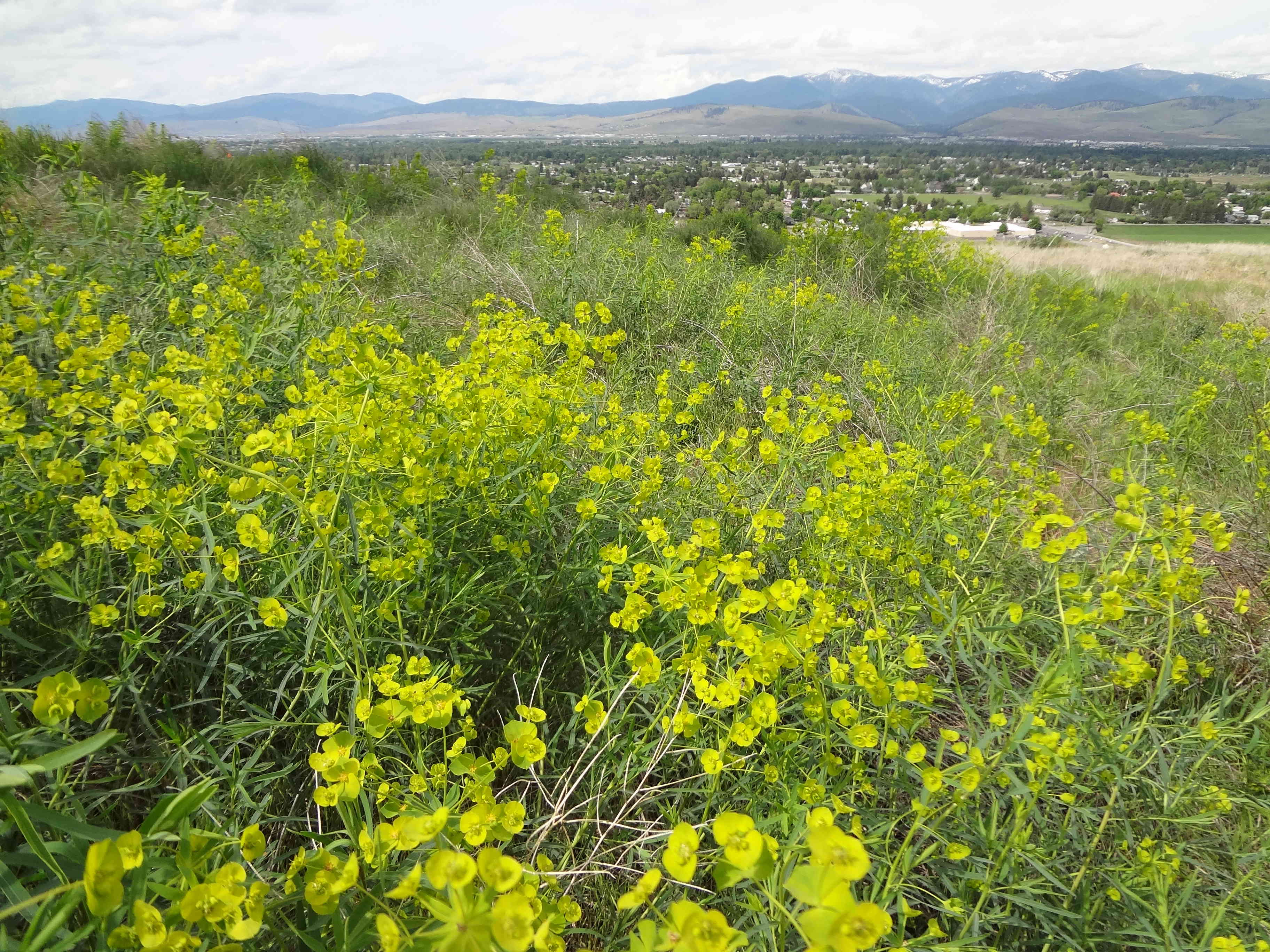
1. Habitat susceptibility to non-native plants
An increasing number of studies has shown that plant communities respond differently to disturbance
and non-native plants; some buffer them while maintaining native plant composition, while others appear
to collapse under pressure. We use data mining, field observations and experiments to explore the levels
of invasion across habitats and to identify the mechanisms that drive habitat invasibility.
Funding: NSERC Discovery Grant, U Alberta Start up Grant, ACA Grant in Biodiversity, Competitive Grant from the U Alberta Rangeland Research Institute
∙ Murillo, R., Pätsch, R., Wagner, V. (2024) Agronomic non-native species are overrepresented across habitat types in central Canada. Journal of Applied Ecology 61(6): 1385-1395.
∙ Zapisocki, Z., de Assis Murillo, R., Wagner, V. (2022) Non-native plant invasions in prairie grasslands of Alberta, Canada. Rangeland Ecology and Management 83(1) : 20-30.
∙ Wagner, V., Večeřa, M., Jiménez-Alfaro, B., et al. (2021) Alien plant invasion hotspots and invasion debt in European woodlands.
Journal of Vegetation Science 32(2): e13014.
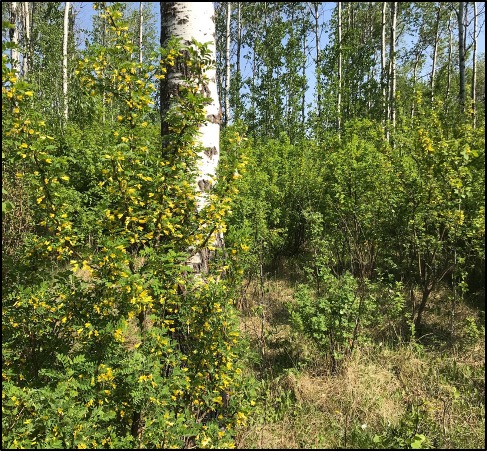
2. Non-native species invasiveness
Biotic exchange is a major driver of ecosystem transformation across the globe. In Canada, 26% of the flora is comprised of non-native taxa. Although most non-native plants occur infrequently and in low abundances, some species become invasive by spreading into natural habitat, outcompeting native plants, decreasing biodiversity, and altering ecological functioning. Our research investigates the invasiveness and impacts of non-native plant species in central Canada. We currently focus on agronomic grasses that are invasive in prairie grasslands and the introduced nitrogen-fixing shrub Caragana arborescens, which is spreading in southern boreal forests.
Funding: NSERC Alliance Grant, NSERC Discovery Grant, U Alberta Start up Grant
∙ Holden, E., Murillo, R., Grenke, J., Holden, K., Villasor, C., Wagner, V. (2025) The Biology of Canadian Weeds: Poa pratensis L. Canadian Journal of Plant Sciences 105: 1-17.
∙ Villasor, C., Robertson, K., Becker, T., Cahill, J.F., Deák, B., Hensen, I., Otfinowski, R., Rosche, R., Borovyk, D., Vakhlamova, T., Valkó, O., Wagner, V. (2024) Invasion success of three cool-season grasses in the northern prairie: a test of three hypotheses. Oikos 2024(3): e10266.
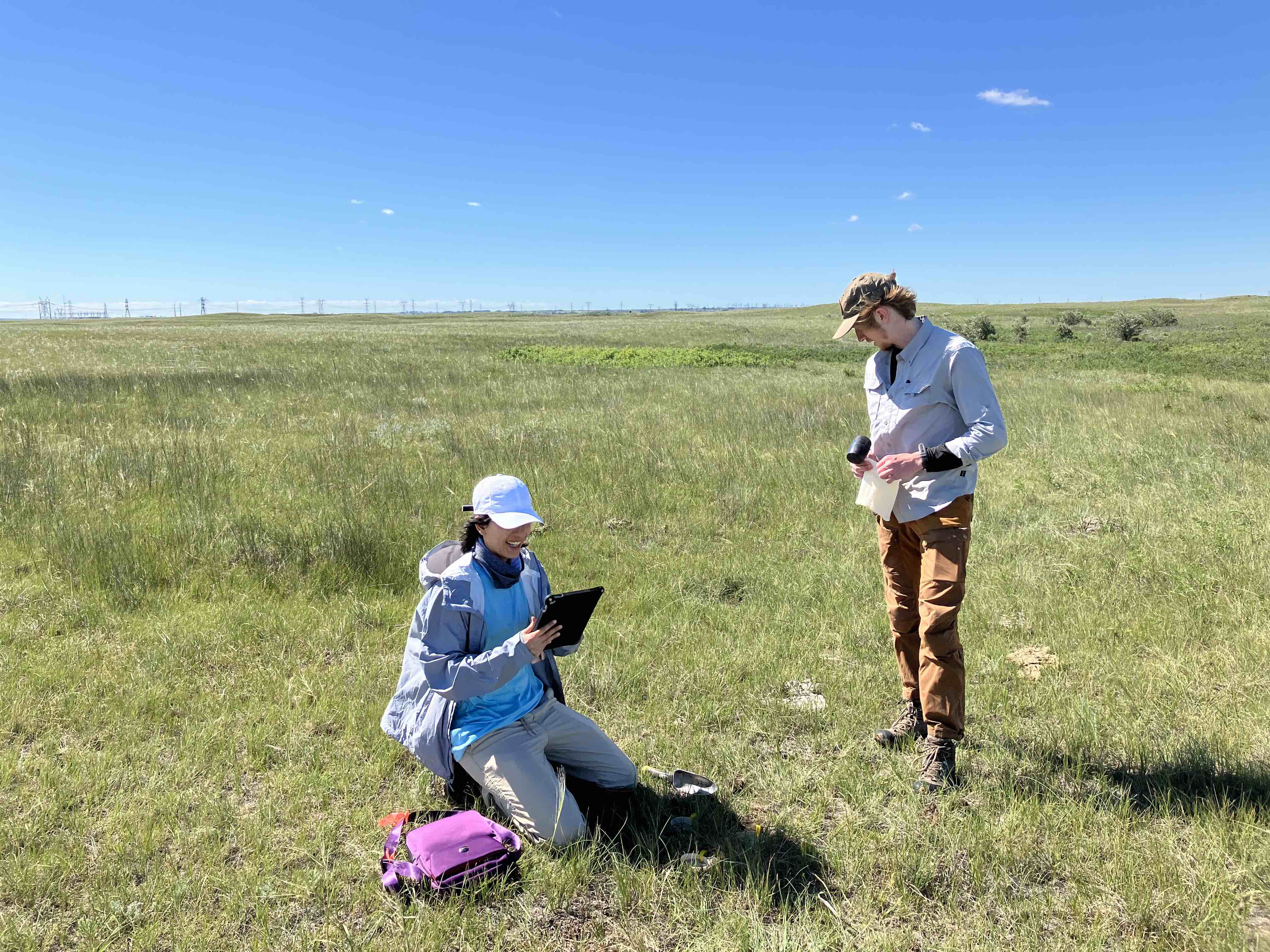
3. Seed dispersal in northern prairie grasslands
Historically, bison was a key dispersal vector for seeds owing to its large herd numbers and long-distance migration. Today, the role of bison has been replaced by cattle, which due to their high density play an equally important role. In our research on seed dispersal in the dry mixedgrass prairie, we aim to understand what plant species benefit from cattle dung and wind dispersal and how these dispersal vectors filter the species pool in the aboveground vegetation and the soil seed bank. We collaborate with the Climate ACtion Through Grazing (CAT-G) project in a study that investigates how grazing regimes modify seed dispersal and test how dung and soil crusts shape the soil seed bank.
Funding: Competitive Grant from the U Alberta Rangeland Research Institute
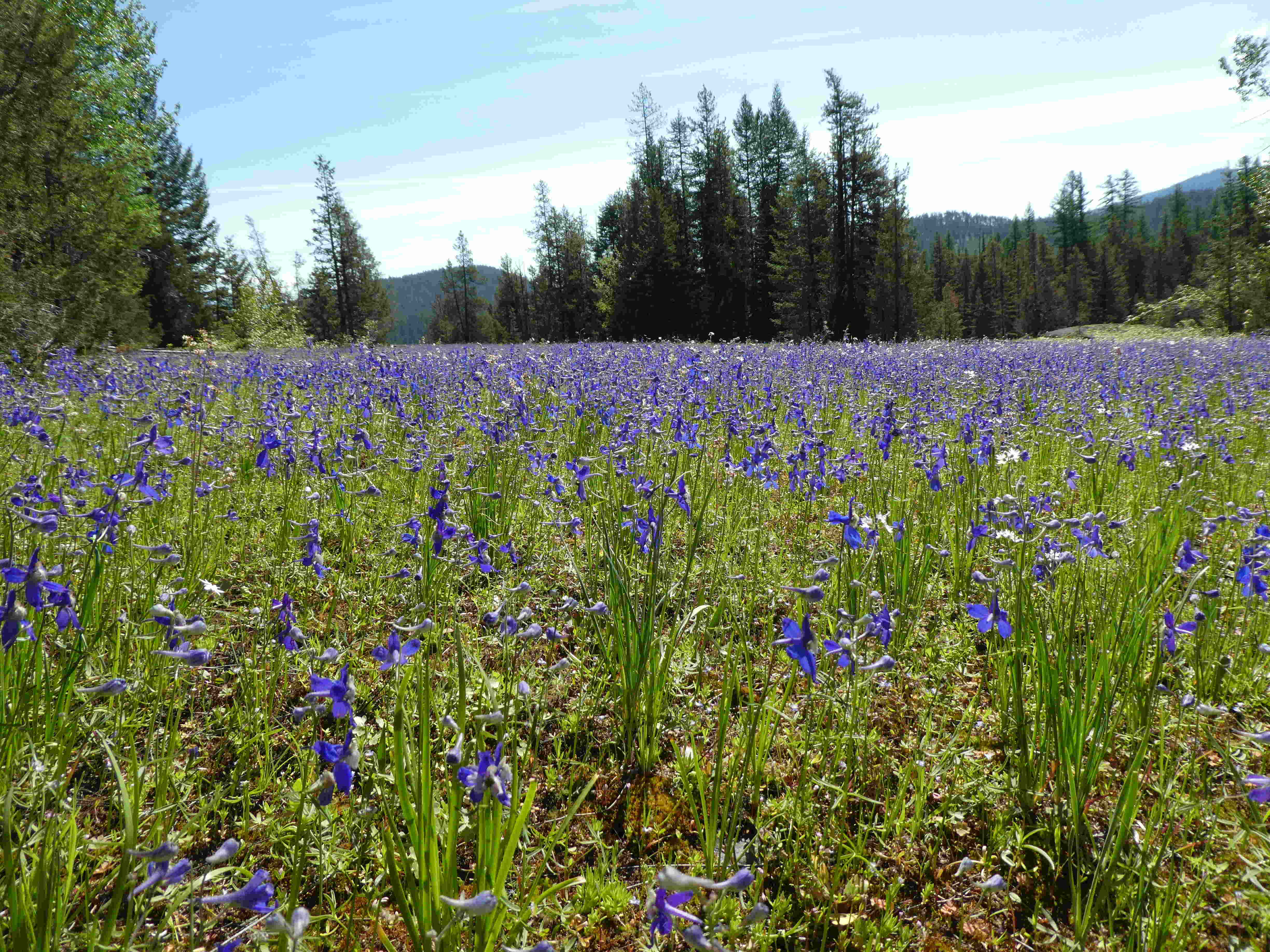
4. Biodiversity and ecological functioning in grasslands and meadows
Grassland and meadows can harbor a high biodiversity but are often distinguished only as “non-forest” in the regional
classification schemes. We carry out field research to explore the diversity and ecosystem
functions of understudied open habitat types.
Funding: U Alberta Start up Grant, Montana Native Plant Society, Idaho Native Plant Society
∙ Wagner, V., Spribille, T., Abrahamczyk, S., & Bergmeier, E. 2014:
Timberline meadows along a 1000km transect in NW North America: species diversity and community patterns.
Applied Vegetation Science 17: 129-141.
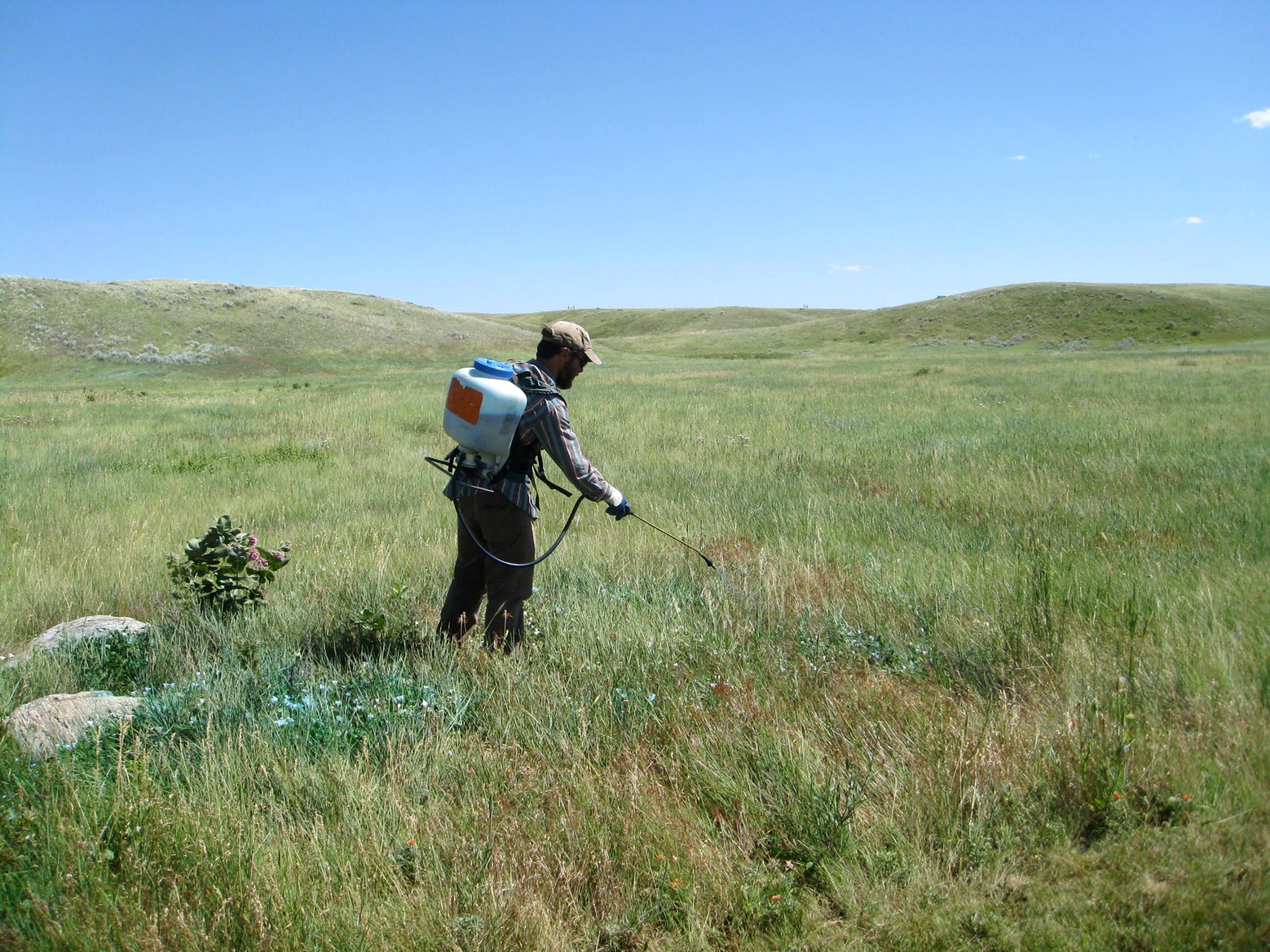
5. Non-native plant management
Herbicides are widely used to suppress invasive plants but there is little information
on their effects on native species. We collaborate with plant and soil ecologists to understand
how this practice affects the entire native plant community and its soil components.
Funding: Feodory Lynen Postdoctoral Fellowship from the Humboldt Foundation
∙ Wagner, V., Antunes, P.M., Irvine, M. & Nelson, C. (2017) Herbicide usage for invasive non-native plant management in wildland areas of North America. Journal of Applied Ecology 54: 198-204.
∙ Lekberg, Y., Wagner, V., Rummel, A., McLeod, M., Ramsey, P.W. (2017) Strong indirect herbicide effects on mycorrhizal associations through plant community shifts and secondary invasions. Ecological Applications 27: 2359-2368.
∙Wagner, V. & Nelson, C.R. 2014: Herbicides negatively affect seed performance in native plants. Restoration Ecology 22: 288-291.
Lab news
14 Aug 2025
Our first paper on the invasiveness of Caragana arborescens has been accepted in BioInvasions Records. Congrats to Martin (project lead) and Jake (undergrad research student)!
6 Aug 2025
Media coverage: CBC Edmonton Radio interviewed Raytha about cow parsnip (listen here) and Viktoria about invasive garden plants (here) in Edmonton's river valley.
7 July 2025
Congratulations to Raytha for defending her PhD thesis! Well done!
1 July 2025
Welcome to the lab, Hanna (future MSc student), Katarinna (field assistant) and Jennifer B. (lab assistant)!
16 April 2025
Raytha's new paper on the role of propagule pressure & soil disturbance on plant community invasibility is now published in the Journal of Vegetation Science.
11 April 2025
We are recruiting undergraduate research students for Fall 2025 (BIOL 298/398/399/498/499). Please reach out to Viktoria if you are a UofA student and interested.
10 April 2025
Congratulations to Britton for securing a Graduate Student Teaching award and Kateri for receiving a USRA and iSteam internship award!
1 April 2025
Welcome to the lab, Kaikai Fan (guest PhD student), Jennifer Chen and Alynna Sung (research technicians)!
28 November 2024
Job alert: We are looking for two summer field technicians. For details see here and here.
28 November 2024
We have one open USRA spot (summer 2025) and two open BIOL 399/499 spots (fall/winter 2025/26). For details see here.
27 November 2024
Our review paper on Kentucky bluegrass (Poa pratensis) was accepted in the Biology of Canadian Weeds Series (Canadian Journal of Plant Sciences). Great teamwork by Emily, Jessica (Cahill lab), Raytha, Kaitlin and Cedric!
25 November 2024
Congratulations to Martin for securing an AGES scholarship!
10 November 2024
We have two new lab technicians! Great to have you on board, Alynna and Sehaj!
30 September 2024
Welcome to our new lab members Anthea (undergraduate research student), Jude (MSc student) and Zhenchuan (visiting scholar)!
16 February 2024
Congratulations to Raytha for her PhD paper accepted in the Journal of Applied Ecology!
15 February 2024
We are looking for a full-time field technician to help us with a field survey in southern Alberta (July 1 - Aug 15). Please apply to Viktoria Wagner by Feb 26.
14 January 2024
Welcome to Danielle, our BIOL 298 undergraduate research student who is conducting a seed ecology project with Elk Island National Park!